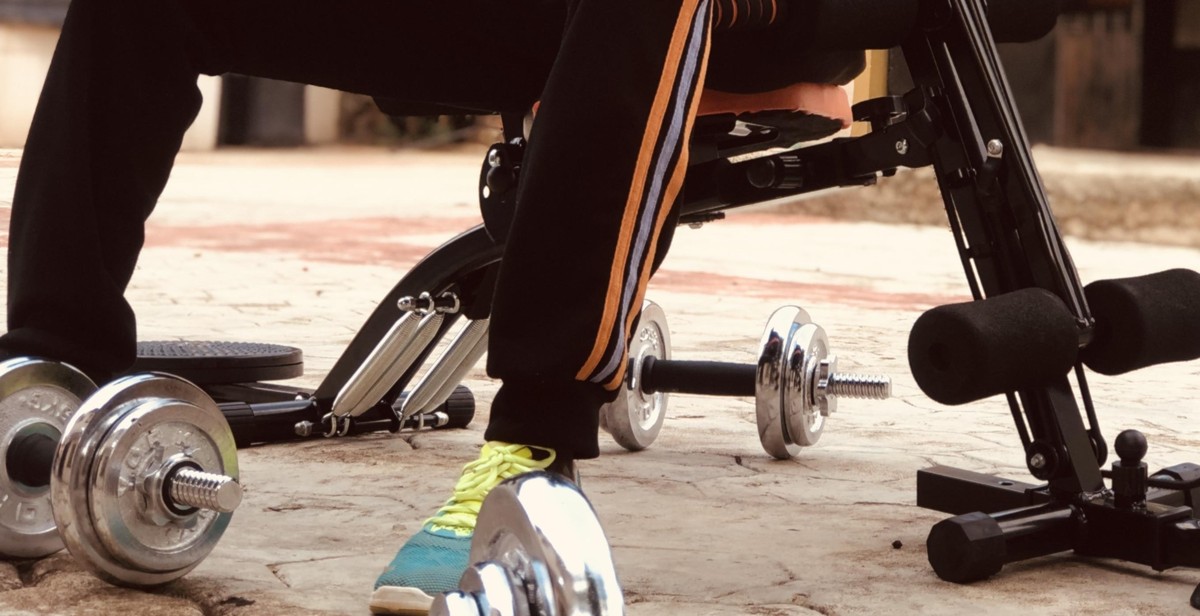Understanding Anxiety
As someone who has struggled with anxiety for years, I know firsthand how overwhelming and debilitating it can be. Anxiety is a natural response to stress, but when it becomes excessive and interferes with daily life, it can develop into an anxiety disorder.
What is Anxiety?
Anxiety is a feeling of unease, such as worry or fear, that can be mild or severe. It is a normal response to stress, and it can be helpful in certain situations, such as preparing for an important event or staying alert in a potentially dangerous situation. However, when anxiety becomes excessive and interferes with daily life, it can develop into an anxiety disorder.
Types of Anxiety Disorders
There are several types of anxiety disorders, including:
- Generalized Anxiety Disorder (GAD)
- Panic Disorder
- Social Anxiety Disorder
- Obsessive-Compulsive Disorder (OCD)
- Post-Traumatic Stress Disorder (PTSD)
Common Symptoms of Anxiety
The symptoms of anxiety can vary depending on the type of anxiety disorder, but some common symptoms include:
| Physical Symptoms | Psychological Symptoms |
|---|---|
|
|
It’s important to remember that everyone experiences anxiety differently, and not everyone with anxiety will experience all of these symptoms.

Identifying Triggers
One of the most important steps in managing anxiety is identifying your triggers. Triggers are situations, events, or even thoughts that can cause your anxiety to spike. Once you are aware of your triggers, you can take steps to avoid or prepare for them.
Recognizing Your Triggers
The first step in identifying your triggers is to pay attention to your anxiety. When do you feel anxious? What are you doing or thinking when your anxiety spikes? Keep in mind that triggers can be different for everyone. Some common triggers include:
- Stressful events, such as a job loss or a breakup
- Social situations, such as parties or public speaking
- Certain phobias, such as a fear of flying or heights
- Physical sensations, such as a racing heart or shortness of breath
- Thought patterns, such as catastrophizing or negative self-talk
It’s important to note that some triggers may be more obvious than others. For example, if you have a fear of spiders, seeing a spider may immediately trigger your anxiety. However, other triggers may be more subtle and require some introspection to identify.
Keeping a Trigger Journal
One effective way to identify your triggers is to keep a trigger journal. Whenever you feel anxious, write down what you were doing, thinking, or feeling at the time. Over time, you may start to notice patterns or common themes that can help you identify your triggers.
Your trigger journal should include:
- The date and time of the trigger
- The situation or event that triggered your anxiety
- Your physical and emotional reactions to the trigger
- Any thoughts or beliefs you had at the time
- How you coped with the trigger
Keeping a trigger journal can also help you track your progress over time. You may find that certain triggers become less intense or frequent as you develop new coping strategies.
| Tip: | Try to be as specific as possible when recording your triggers. For example, instead of simply writing “work,” write down the specific task or interaction that triggered your anxiety. |
|---|
Identifying your triggers is an ongoing process. As you encounter new situations and develop new coping strategies, you may find that your triggers change or evolve. By staying aware of your triggers and taking proactive steps to manage your anxiety, you can live a more joyful and fulfilling life.

Healthy Coping Mechanisms
Living with anxiety can be challenging, but there are healthy coping mechanisms that can help you manage your symptoms. These coping mechanisms can be incorporated into your daily routine to help you feel better and improve your overall mental health.
Breathing Techniques
Breathing techniques are a simple but effective way to reduce stress and anxiety. When you feel anxious, your breathing becomes shallow and rapid, which can make your symptoms worse. Taking deep breaths can help slow down your heart rate and reduce your feelings of anxiety.
One popular breathing technique is the 4-7-8 method. To do this, inhale through your nose for four seconds, hold your breath for seven seconds, and exhale through your mouth for eight seconds. Repeat this process four times or until you feel calmer.
Mindfulness and Meditation
Mindfulness and meditation are practices that involve focusing your attention on the present moment. By doing this, you can reduce your feelings of anxiety and improve your overall mental well-being.
One simple way to practice mindfulness is to focus on your senses. For example, take a few moments to focus on the sensation of your feet on the ground, the sound of birds chirping, or the smell of fresh flowers.
There are also many guided meditation apps and videos available that can help you learn how to meditate and practice mindfulness.
Exercise and Diet
Exercise and diet are two important factors that can impact your mental health. Regular exercise can help reduce feelings of anxiety and depression, while a healthy diet can help improve your overall well-being.
Try to incorporate at least 30 minutes of exercise into your daily routine, whether it’s going for a walk, practicing yoga, or hitting the gym. Additionally, focus on eating a balanced diet that includes plenty of fruits, vegetables, whole grains, and lean proteins.
Journaling and Creative Outlets
Journaling and creative outlets are other healthy coping mechanisms that can help reduce your feelings of anxiety. Writing down your thoughts and feelings can help you process them and gain a better understanding of your emotions.
Engaging in creative activities, such as painting, drawing, or playing music, can also help reduce your stress levels and improve your overall well-being.
Conclusion
By incorporating these healthy coping mechanisms into your daily routine, you can better manage your anxiety and improve your overall mental health. Remember to take care of yourself and seek professional help if you need it.

Seeking Professional Help
While self-help strategies can be effective in managing anxiety, there may come a time when seeking professional help becomes necessary. Here are some signs that it may be time to seek professional help:
- Your anxiety is interfering with your daily life, such as work, school, or relationships.
- You have tried self-help strategies but they haven’t been effective.
- Your anxiety is causing you significant distress or discomfort.
- You are experiencing physical symptoms such as chest pain, shortness of breath, or dizziness.
Types of Therapy
There are several types of therapy that can be effective in treating anxiety:
- Cognitive-behavioral therapy (CBT) – Helps you identify and change negative thought patterns and behaviors that contribute to anxiety.
- Exposure therapy – Gradually exposes you to the situations or objects that trigger your anxiety in a safe and controlled environment.
- Mindfulness-based therapy – Helps you stay grounded in the present moment and develop a non-judgmental awareness of your thoughts and feelings.
Medication
Medication can also be an effective treatment for anxiety. Some common medications used to treat anxiety include:
| Medication | How it works |
|---|---|
| Antidepressants | Help balance brain chemicals that affect mood and anxiety. |
| Benzodiazepines | Provide short-term relief from anxiety symptoms, but can be habit-forming. |
| Beta-blockers | Reduce physical symptoms of anxiety, such as rapid heartbeat and shaking. |
It’s important to talk to a healthcare provider or mental health professional about the best treatment options for you.
